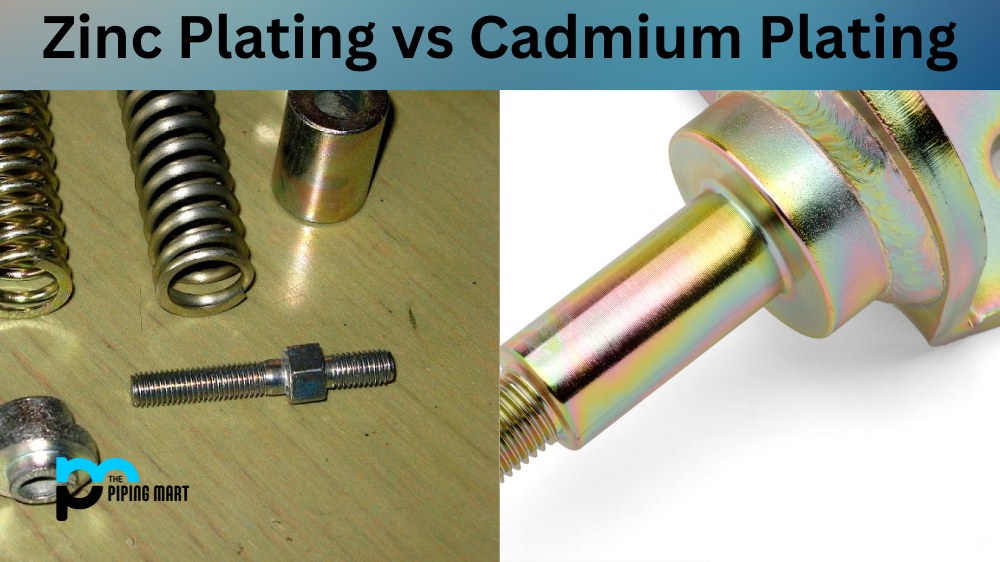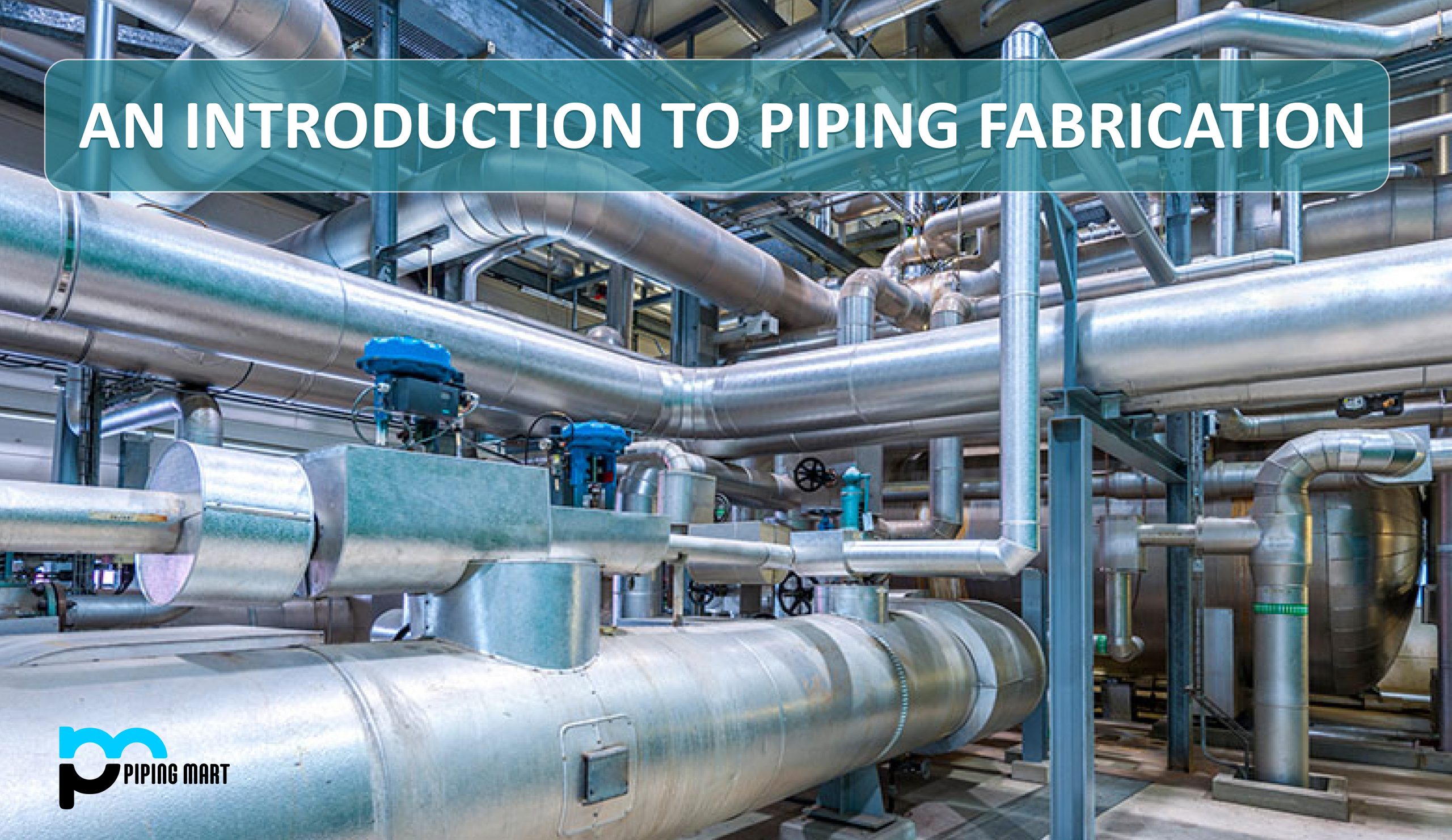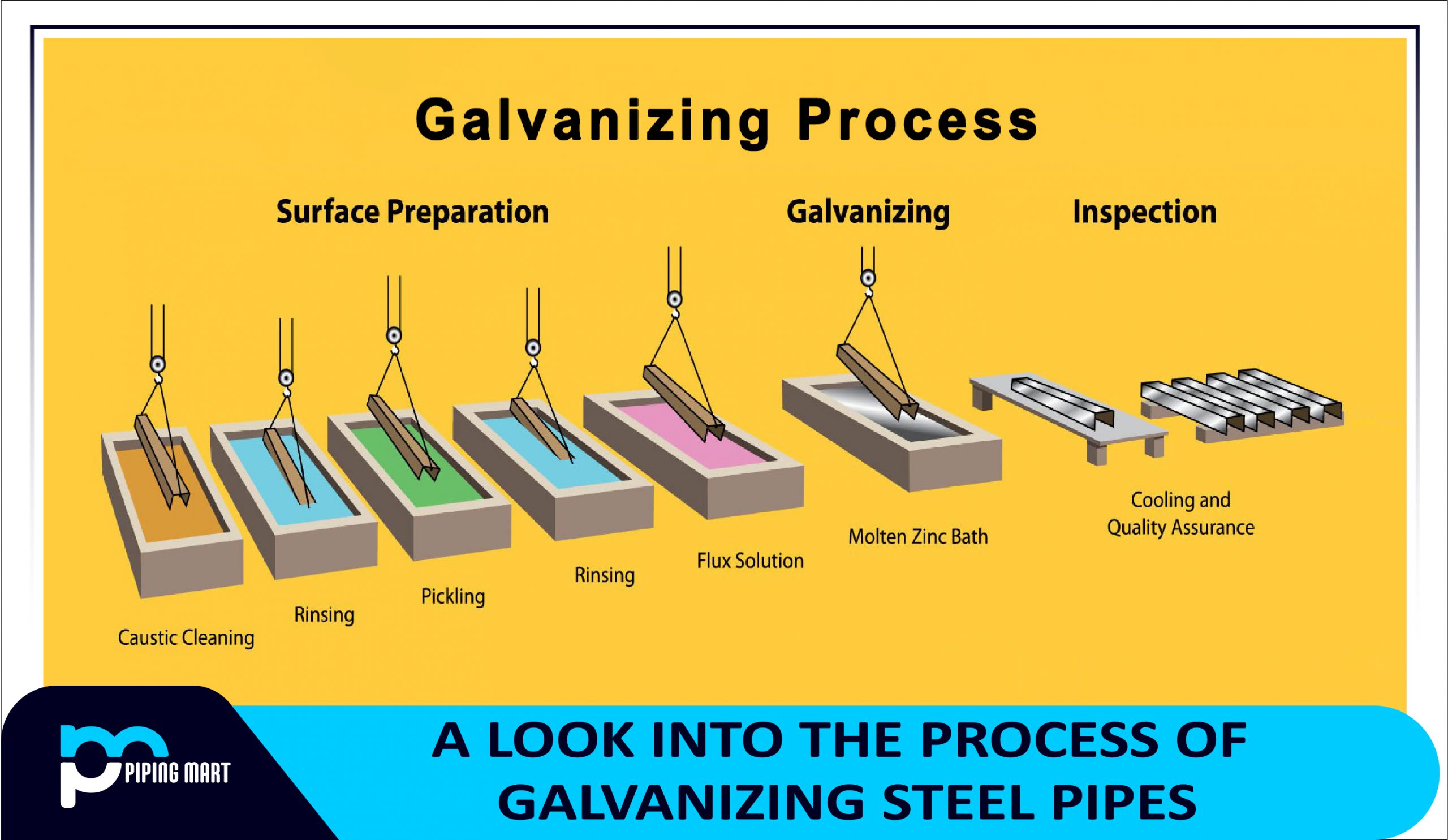Forging is a process that has been used for centuries to create objects from metal. It involves heating, hammering, and bending metal into desired shapes. On the other hand, casting is the process of creating an object by pouring molten material into a mould and allowing it to solidify. Both processes have their own advantages and disadvantages, so it’s important to understand what each entails before deciding which one is best for your project.
Forged
Forging involves heating metal until it becomes malleable enough to be hammered or bent into various shapes. This method of shaping metal has been around since ancient times, making it one of the oldest known manufacturing processes. The advantage of forging is that it can produce parts with great strength and precision. Additionally, it can produce complex shapes that would not be possible with other processes. However, forging requires specialized tools and experienced personnel, which makes this method of manufacturing relatively expensive compared to other methods, such as casting or machining.
Casting
Casting is a process in which molten metal is poured into a mould and allowed to cool until the metal solidifies in the shape of the mould. Once cooled, the part can then be removed from the mould for further processing or finishing operations. Casting allows for large quantities of parts to be produced relatively quickly at lower costs than forging or machining. However, casting does not offer as much precision as forging because the parts must fit within predetermined moulds in order for them to take shape properly. Additionally, some metals cannot withstand the high temperatures required for casting, so they must instead be shaped through forging or machining processes.
Difference Between Forged and Casting
Forged parts are made by hammering or pressing a piece of metal into shape. This process is often used for parts that will be under high stress, such as crankshafts and connecting rods. Forged parts are typically stronger and more durable than cast parts.
Advantages of Forging
Some of the advantages of forging over casting include increased strength and durability, better dimensional accuracy, and improved surface finish. Forging also has the advantage of being able to produce parts with very thin walls, something that is difficult to do with the casting.
Advantages of Casting
Casting has the advantage of being able to produce parts with very complex shapes. Additionally, casting generally results in less waste than forging, as there is no need to trim excess material from the part after it has been cast. Finally, casting typically requires less energy than forging, making it more environmentally friendly.
Conclusion:
Each process has its own advantages and disadvantages when compared to one another, but both are effective methods for achieving desired results depending on what you need your finished product to look like and how many pieces you are looking to make at once. When considering whether forging or casting is right for your project needs, consider factors such as cost, precision, speed of production, size limitations, and availability of specialized tools or personnel needed for either process before making your decision. No matter which method you choose, understanding these differences will help ensure that your project runs smoothly from start to finish!

Pipingmart is a B2B portal that specializes in metal, industrial and piping items. Additionally, we share the latest information and information about materials, products and various types of grades to assist businesses that are involved in this business.




